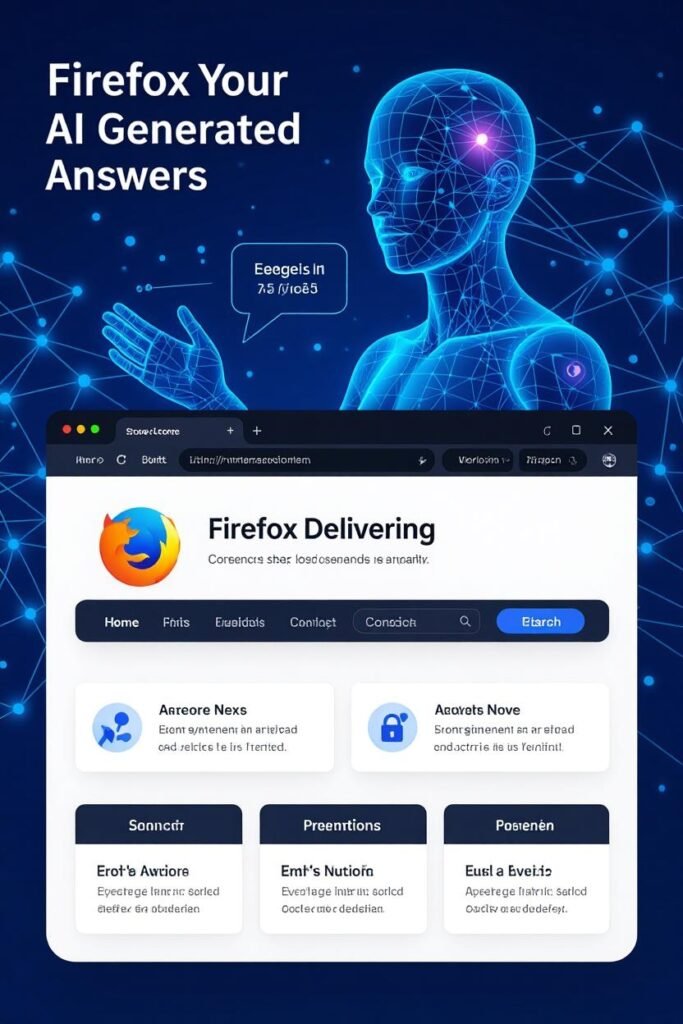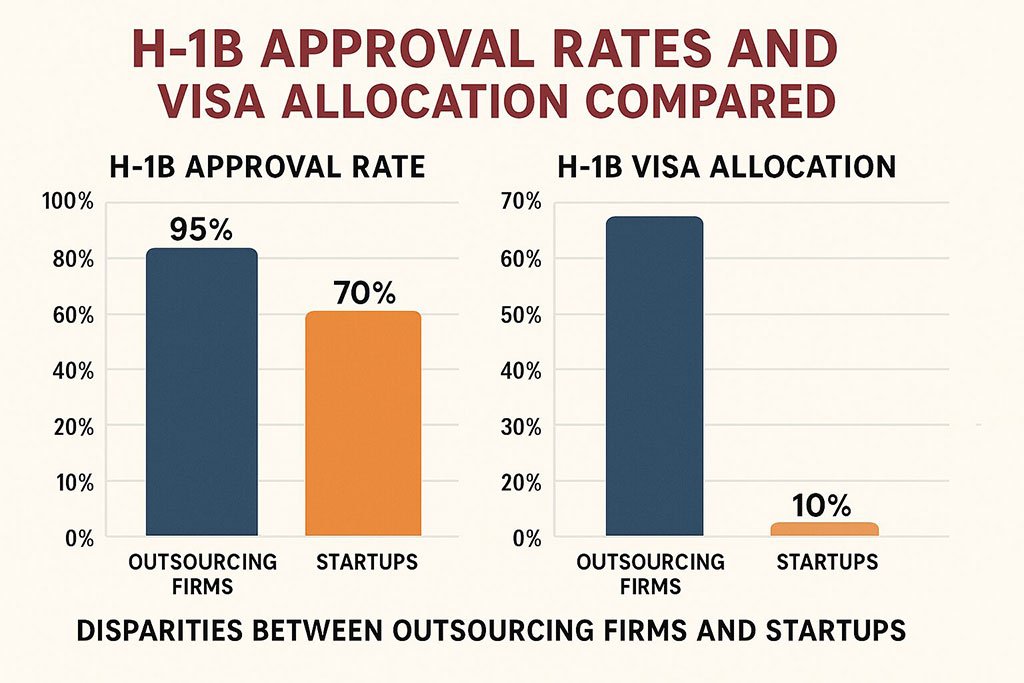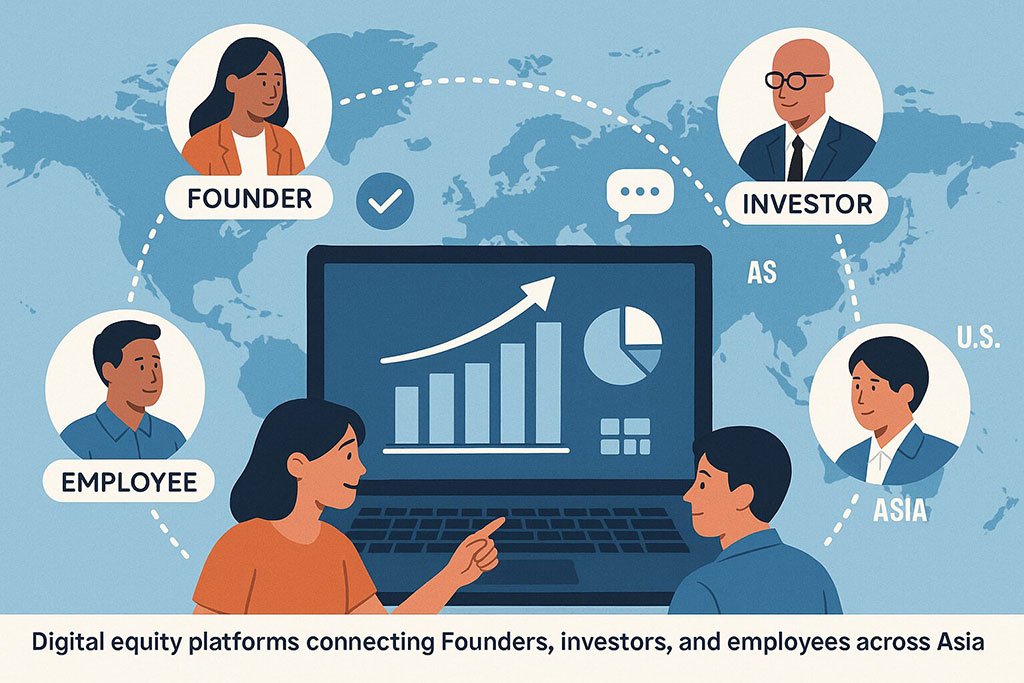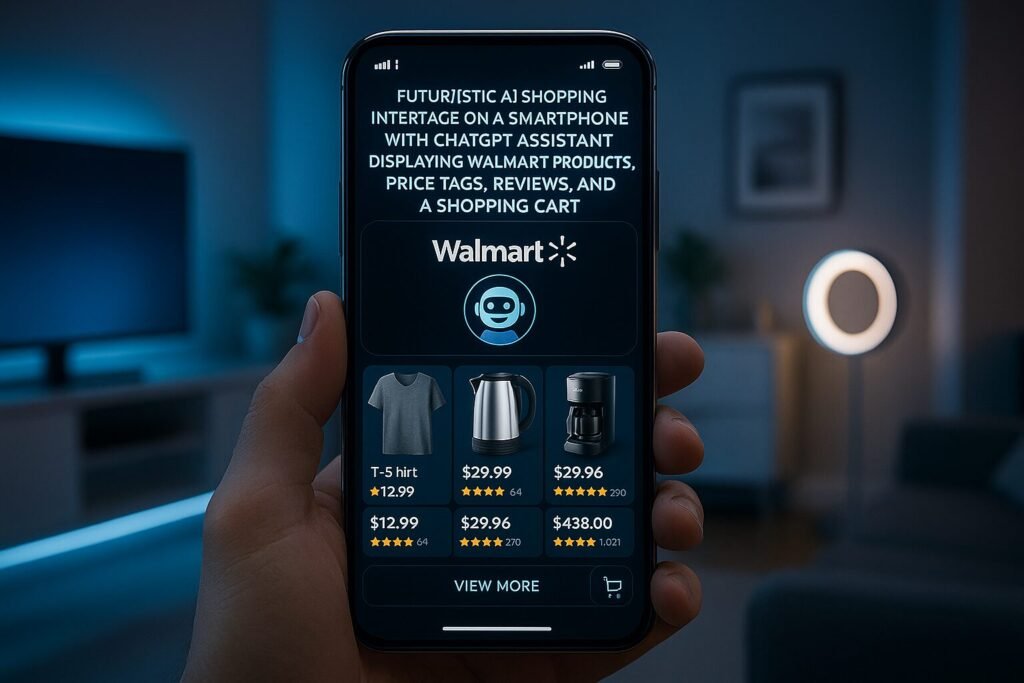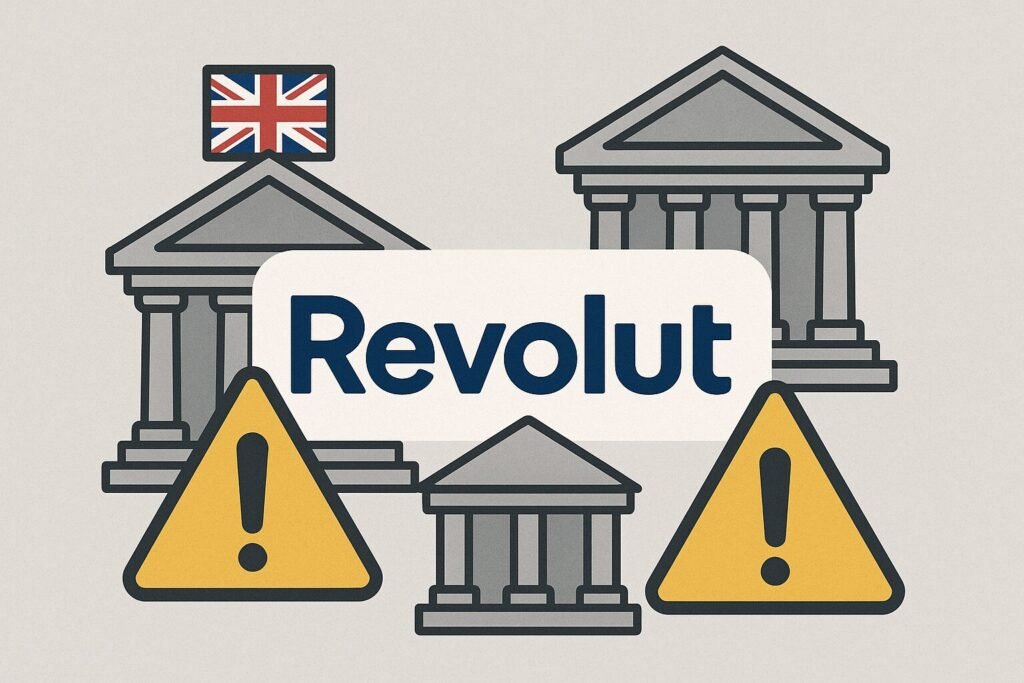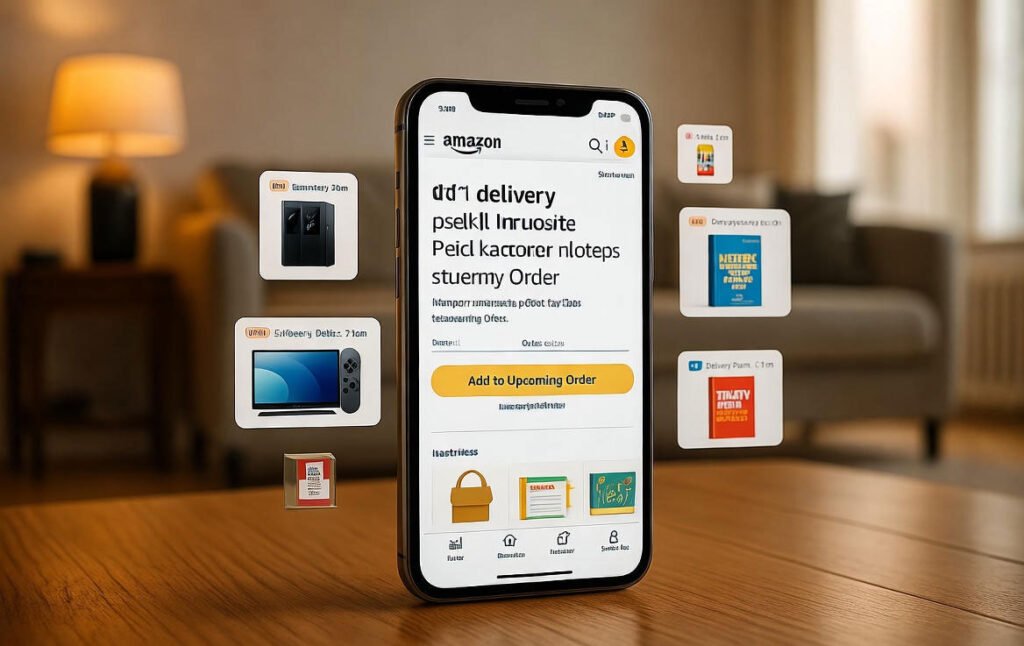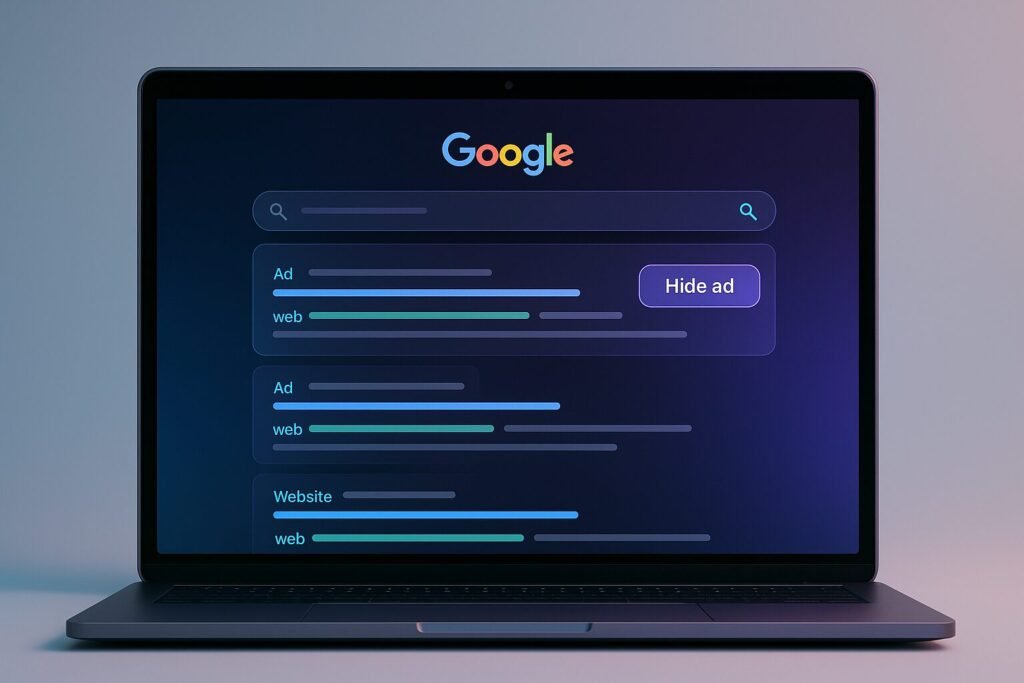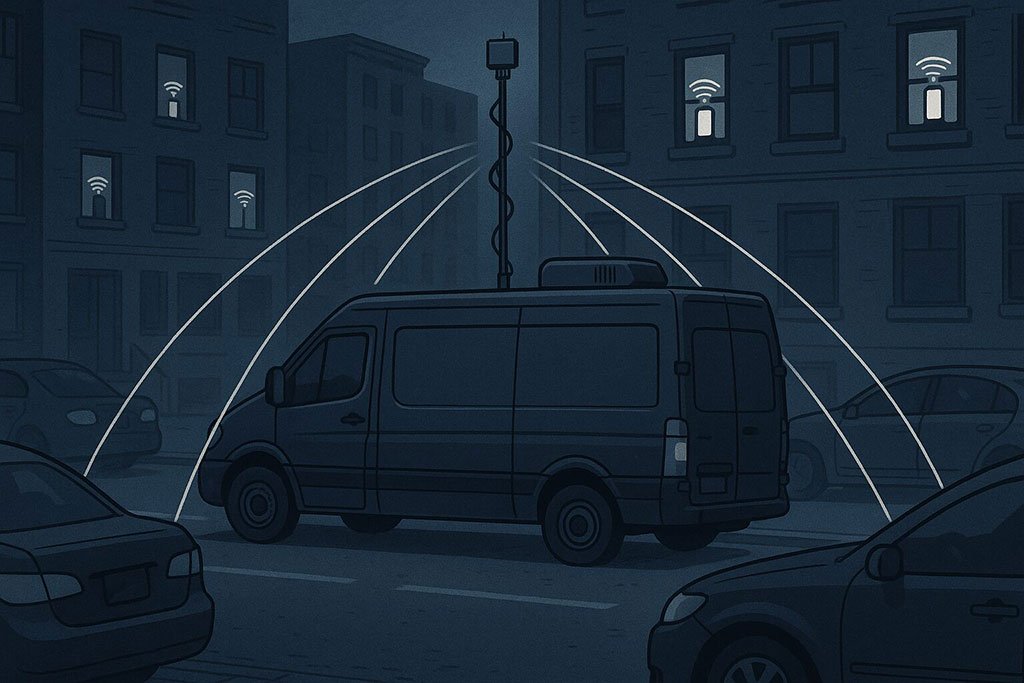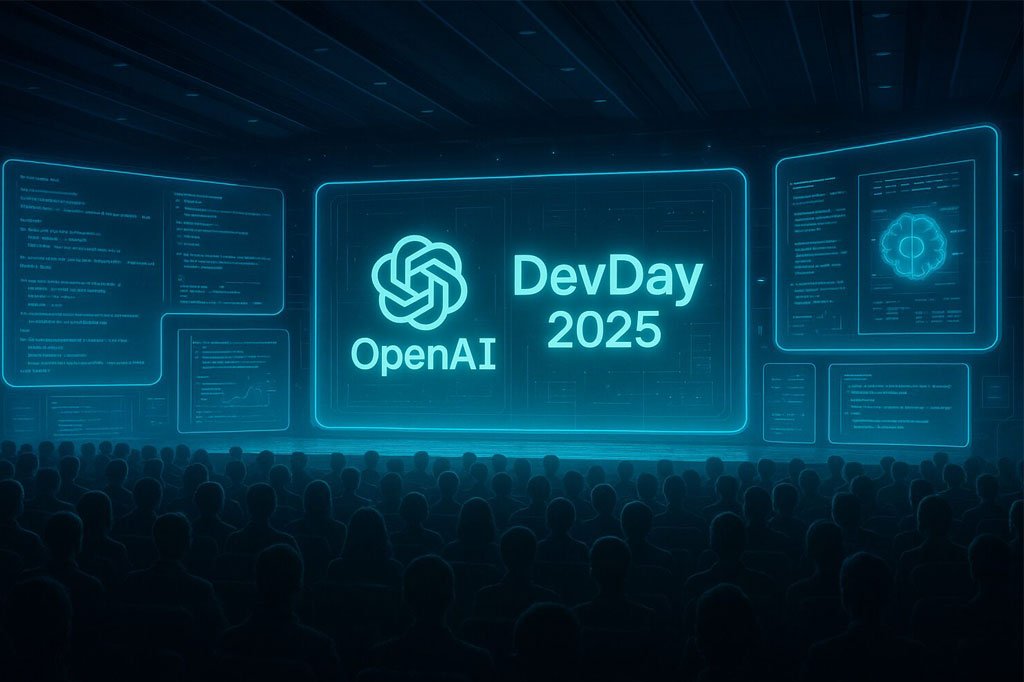Now Reading: Clop Hackers Exploit Oracle Zero-Day to Breach Executives’ Personal Data
-
01
Clop Hackers Exploit Oracle Zero-Day to Breach Executives’ Personal Data
Clop Hackers Exploit Oracle Zero-Day to Breach Executives’ Personal Data
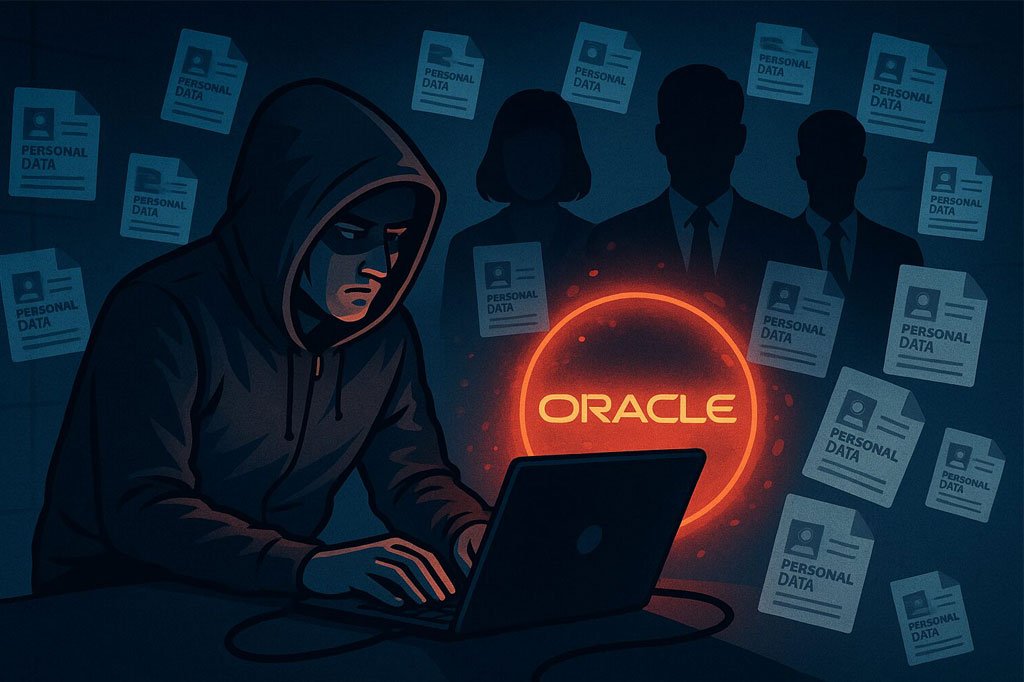
In a stark reminder of how sophisticated cybercrime has become, the Clop hacking group has reportedly exploited a critical Oracle zero-day vulnerability to breach executives’ personal data. This attack underscores the growing intersection of ransomware gangs, targeted exploits, and high-level corporate information theft.
In this article, we explore the nature of the attack, its potential ramifications for organizations globally, and practical strategies to safeguard sensitive executive data. Readers will gain actionable insights into cyber risk management, threat prevention, and the evolving tactics of ransomware groups like Clop.
H2: Understanding the Clop Hackers and Their Tactics
H3: Who Are the Clop Hackers?
Clop, also stylized as CL0P, is a notorious ransomware gang that has targeted high-profile organizations worldwide. Their operations combine ransomware deployment with data exfiltration, often focusing on executive-level information, which can yield higher ransoms or strategic leverage over businesses.
H3: How They Operate
The group typically exploits software vulnerabilities, phishing campaigns, and supply chain weaknesses. In this instance, a zero-day bug in Oracle software provided the perfect entry point, allowing them to bypass traditional security defenses unnoticed.
Case in point: According to cybersecurity firm Mandiant, Clop has historically exploited both known and unknown vulnerabilities to access corporate email servers and cloud platforms.
H2: The Oracle Zero-Day Vulnerability Explained
H3: What Is a Zero-Day?
A zero-day vulnerability refers to a software flaw unknown to the vendor and unpatched at the time of exploitation. Because there is no existing defense, attackers can exploit the flaw immediately, often with devastating consequences.
H3: The Impact on Executives
Exploiting Oracle’s zero-day, Clop gained access to sensitive executive information — personal emails, financial records, and confidential communications. Such data can be leveraged for ransom negotiations, insider threats, or corporate espionage, amplifying the consequences beyond typical ransomware attacks.
H2: Global Implications of the Breach
H3: Corporate Risk Perspective
-
Financial Exposure: Executive data can lead to fraud, stock manipulation, or targeted phishing schemes.
-
Reputational Damage: Organizations targeted in high-profile attacks often face public scrutiny and loss of trust.
-
Operational Disruption: The breach may require emergency response, regulatory notifications, and system audits.
H3: Regulatory and Legal Considerations
-
Many regions enforce strict data protection laws (e.g., GDPR in Europe, CCPA in California). Failure to safeguard executive information can result in hefty fines and legal action.
-
Companies are now under pressure to report breaches transparently and implement robust monitoring for zero-day exploits.
H2: Real-World Examples of Similar Exploits
-
SolarWinds Hack (2020): A supply chain attack that infiltrated government and corporate systems.
-
Exchange Server Zero-Day Attacks (2021): Exploited vulnerabilities in Microsoft’s email servers to access sensitive data globally.
-
Clop Ransomware Incidents (2022–2024): Multiple organizations experienced high-stakes data theft, often involving executive-level communications.
These cases illustrate the scale and sophistication of modern ransomware gangs and highlight the importance of proactive cybersecurity measures.
H2: How Organizations Can Protect Executive Data
H3: Implement Advanced Security Practices
-
Zero-Trust Architecture: Limit access to critical systems, especially for executives.
-
Patch Management: Regularly update software to mitigate zero-day vulnerabilities as soon as patches are released.
-
Multi-Factor Authentication (MFA): Protect accounts even if credentials are compromised.
H3: Employee and Executive Training
Educate executives about phishing, social engineering, and insider threats. Often, targeted attacks begin with human error, not just software flaws.
H3: Incident Response Planning
-
Maintain a detailed breach response plan.
-
Engage with cybersecurity firms for real-time threat intelligence and forensic analysis.
-
Backup sensitive data securely and test recovery procedures regularly.
H2: Pros and Cons of Current Security Measures
Pros:
-
Early detection systems prevent large-scale breaches.
-
Advanced encryption safeguards stored data.
-
Threat intelligence sharing improves community-wide security.
Cons:
-
Zero-day exploits can bypass even the most robust defenses.
-
Security updates can lag behind emerging threats.
-
Human error remains a constant vulnerability.
The Clop hackers’ exploitation of an Oracle zero-day vulnerability is a wake-up call for organizations globally. Executive data is increasingly targeted, making proactive cybersecurity, employee training, and rapid response more critical than ever.
By understanding these threats and implementing layered defenses, organizations can mitigate risks, protect sensitive information, and safeguard their reputations. Cybersecurity is no longer optional; it is a strategic imperative.
FAQs
-
Who are the Clop hackers?
A notorious ransomware group targeting corporations worldwide with data theft and extortion tactics. -
What is a zero-day vulnerability?
A previously unknown software flaw that attackers can exploit before a patch is available. -
Which Oracle systems are affected?
The specific software impacted hasn’t been fully disclosed, but Oracle cloud and enterprise applications are high-risk targets. -
How can executives protect their data?
Use MFA, limit access permissions, stay updated on patches, and engage in security training. -
Is this attack financially motivated?
Likely yes — ransomware groups often demand payments after exfiltrating sensitive data. -
How do companies respond to zero-day exploits?
Immediate isolation of affected systems, forensic analysis, patching, and communication with regulators. -
What industries are most at risk?
Finance, healthcare, government, and any enterprise with high-value data are prime targets. -
Can this lead to identity theft?
Yes, stolen executive data can be misused for fraud or corporate espionage. -
Are there legal consequences?
Companies may face penalties if data protection laws like GDPR or CCPA are violated. -
How can organizations stay updated?
Follow cybersecurity advisories, Oracle security bulletins, and trusted industry news sources.
Disclaimer:
All logos, trademarks, and brand names referenced herein remain the property of their respective owners. Content is provided for editorial and informational purposes only. Any AI-generated images or visualizations are illustrative and do not represent official assets or associated brands. Readers should verify details with official sources before making business or investment decisions.




